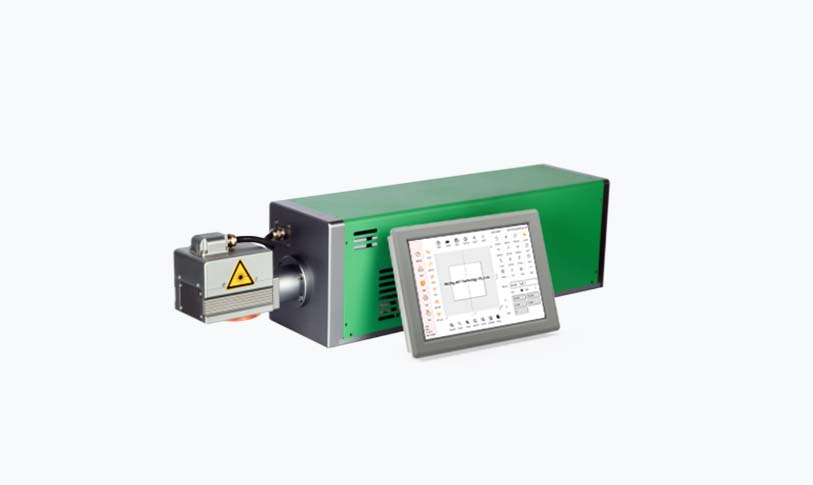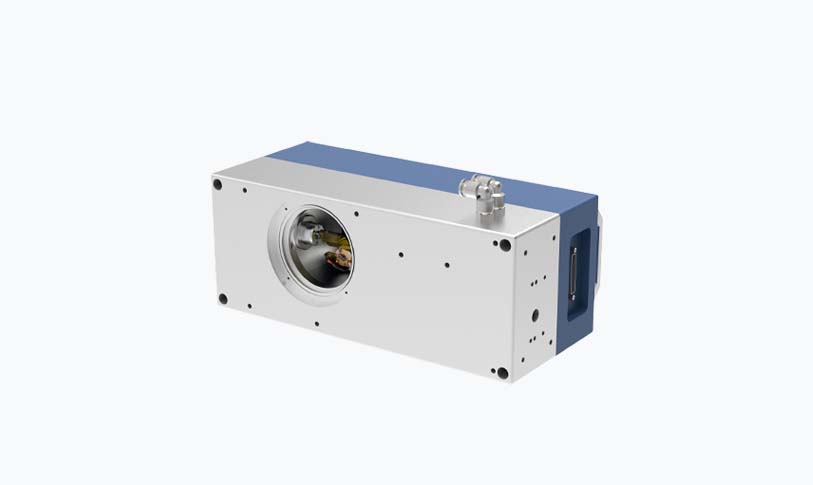****

Exploring the Applications and Benefits of Continuous Wave Fiber Laser Technology in Modern Manufacturing and Processing Industries
Continuous wave fiber laser technology has emerged as a revolutionary tool in the domains of manufacturing and materials processing. These lasers, characterized by their ability to emit light continuously rather than in pulses, offer numerous advantages over traditional laser systems. In this article, we will explore the principles of continuous wave fiber lasers, their various applications across industries, and the benefits they bring to modern manufacturing processes.
At the core of continuous wave fiber laser technology is the fiber itself. Unlike conventional solid-state lasers which use bulk materials for the active medium, fiber lasers utilize optical fibers that are doped with rare-earth elements such as ytterbium, neodymium, or erbium. These dopants play an instrumental role in enabling efficient light generation and amplification. The design of fiber lasers allows for a highly compact system that can deliver high-quality laser output with exceptional beam quality.

Exploring the Applications and Benefits of Continuous Wave Fiber Laser Technology in Modern Manufacturing and Processing Industries
One of the significant features of continuous wave fiber lasers is their high efficiency. They can convert electrical energy into laser energy with efficiencies often exceeding 30%, significantly reducing operational costs and environmental impact. This energy efficiency translates to lower electricity bills and less heat generation, which simplifies cooling requirements and increases the overall system reliability. The maintenance needs for continuous wave fiber lasers are minimal, making them an attractive choice for industries looking to minimize downtime.

Exploring the Applications and Benefits of Continuous Wave Fiber Laser Technology in Modern Manufacturing and Processing Industries
Continuous wave fiber lasers have found a multitude of applications in various sectors. In the manufacturing industry, they are widely used for cutting materials such as metals, plastics, and composites. The precision and control offered by these lasers enable intricate designs and sharp edges, essential for modern manufacturing requirements. Furthermore, their ability to operate at high speeds makes them ideal for high-volume production environments.
Another key application of continuous wave fiber lasers is in the field of welding. The concentrated and focused beam allows for deep penetration and can effectively join metals of varying thicknesses. This is especially beneficial in industries such as automotive and aerospace, where strong and reliable welds are critical. The versatility of fiber lasers also allows for the welding of dissimilar materials, expanding manufacturing possibilities.
Marking and engraving are additional areas where continuous wave fiber lasers shine. Their ability to produce high-contrast marks on a variety of surfaces, including metals, plastics, and glass, has revolutionized product identification and branding. This technology allows for precision engraving that does not alter the material properties, providing a permanent solution for product labeling and traceability.
In the medical sector, continuous wave fiber lasers have gained traction for applications such as surgical procedures and tissue ablation. Their precise control and ability to minimize thermal damage to surrounding tissues make them a preferred choice in delicate medical operations. Furthermore, advancements in fiber laser technology have led to the development of specialized systems for certain medical treatments, enhancing patient care and recovery times.
One cannot overlook the safety advantages that continuous wave fiber lasers offer. Compared to traditional lasers, fiber lasers produce less scatter and have built-in features that enhance operator safety. The inherent design of fiber lasers allows for greater control over the output, minimizing the risks of accidents in the workplace.
As industries continuously strive for advancements in efficiency, sustainability, and precision, continuous wave fiber lasers represent a significant step forward. The combination of high performance, low operational costs, and versatility makes them a compelling choice for manufacturers looking to stay competitive in an ever-evolving marketplace.
In conclusion, continuous wave fiber laser technology is reshaping modern manufacturing and processing industries across the globe. Its applications span numerous sectors, from metal cutting to medical procedures, highlighting the adaptability and effectiveness of this technology. With continued advancements in laser technology, we can expect even broader applications and improvements, driving efficiency and innovation for years to come. As manufacturers increasingly adopt this technology, it will undoubtedly play a critical role in shaping the future of production and material processing.laser marking software



